 Abraham Lincoln
If given the truth, the people can be depended upon to meet any national crisis...
Abraham Lincoln
If given the truth, the people can be depended upon to meet any national crisis...
 Guildford news...
for Guildford people, brought to you by Guildford reporters - Guildford's own news service
Guildford news...
for Guildford people, brought to you by Guildford reporters - Guildford's own news service
Birdwatcher’s Diary No.65
Published on: 4 Jul, 2014
Updated on: 4 Jul, 2014
By Malcolm Fincham
I had barely found time to sit down and take my boots off after my whirlwind tour of the Scottish Highlands, when I received a call from manically keen wildlife enthusiast Dougal.
He informed me that the rare vagrant short-toed eagle that had been spotted a few weeks back in Wareham, Dorset, had moved up to Ashdown Forest in Sussex. For details click here.
Although Dougal had already seen the only other twitch-able sighting in the UK on the Scilly Isles, he was keen to see this one, now it had moved nearer to Surrey.
Arriving at a parking area called Gills Lap, I found to my amusement overlooking an area known as 500 Acre Wood – better known as 100 Acre Wood in the popular stories by A.A Milne, where he based, what I’ve recently been told, were his fictional tales about Winnie the Pooh.
Having spent a good four hours or more scanning the horizon with more than a score of other keen birding enthusiasts, I must confess I was starting to become a tad disillusioned and started to feel I would probably have a better chance in my imagination of spotting the dejected face of Eeyore through my binoculars in his ”Sad and Gloomy place”.
Then at just after 3pm it appeared – distant, but without doubt a short-toed eagle. Hovering at times just like a kestrel but far larger, It spent a good 30 minutes or more hunting over the heathland occasionally stopping to rest in a tall pine.
Snakes are the main diet of short-toed eagles, although they will take small mammals so one hopes Piglet and Roo were keeping a low profile. Click here for more details about this area of Ashdown Forest.
Back in the Guildford area for the last week or so of June, I was able to catch up on a few walks around my local patch on the Riverside Reserve and discover what was new there.
On my first visit a little egret could be seen once again on the flooded scrape near to Stoke Lock.
Along the boardwalk plenty of newly fledged birds could be seen, often not so easy to recognise as the adults. These including what looked to be a young reed warbler as it bobbed around in the tall vegetation.
I was also able to pick out a family of wrens near the area of the boardwalk overlooking the small pond.
At the pond I got a nice picture of a sedge warbler as it caught a damselfly to take back to feed its young.
Moving on to the lake, the great crested grebes were still closely attending to their young.
A pair of coots were attending to theirs and a young moorhen could also be seen with its parents.
Through my binoculars, the pair of common terns nesting on Stoke Lake could now been seen to have three chicks.
These were scurrying around the raft awaiting the next delivery of fish, while an adult sat close by protecting them from possible predators such as gulls and corvids, Click to see short video.
Taking a trip out to Thursley Common on a pleasant afternoon on June 23, gave me the opportunity to take a few more up-date photos.
Along the boardwalk leading out to the heathland, common lizards were out basking in the warm sun, while various types of dragonfly and damselfly skimmed over the marsh.
At Pudmore Pond a curlew could be seen.
Redstarts could also be viewed with some still actively feeding their young.
Tree pipits and common whitethroat could also be heard singing.
An adult male stonechat allowed me some close-up pictures while it kept a watchful eye on its young.
Out on the drier sandy heathland in some areas heather was now starting to come into flower attracting silver-studded blue butterfly to feed on the pollen.
Nearing the end of June is a key time to start looking out for some of our rarer butterfly species and none more so than the purple emperor. It is only seen at a few select sites these days, usually in the last week of June and the first week of July and only usually high in the canopy of mature oaks.
It was on June 29 that with great delight I was invited to place near Oaken Wood at Chiddingfold by Dougal and his friend John, where if we were lucky, purple emperors can be viewed.
My luck was certainly with me that day. Not only was it the first time I had ever seen one, but the first time any of us had the privilege of seeing one so close.
I was mostly fascinated by how the colour of their wings changed from shades of brown to blues and purple depending on the angle viewed and light shed upon them. Click for more.
From a photographic aspect, the only downside to such fortune, and returning to a pooh story of another kind, is that when they do get tempted down to the ground it’s nearly always to feed on the minerals of what mammals have left behind. And even trying to crop the pictures as best I can, it hardly helps to make them images to win any competitions!
With what turned out to be a reasonably warm day, it was a good for several other species of butterfly tempted out by occasional sunny spells including several white admirals.
Making it a day for butterfly spotting, we decided to stop off at Box Hill near Dorking on our homeward journey.
Here we were able to add marbled white and large skipper (of which there were plenty of both) and dark green fritillary could also be seen in the grassland close to the top of the hill.
Another first for me was the sighting of the elusive white-letter hairstreak. I managed to zoom in and get a reasonable record shot of it as it sat perched on a leaf high in an elm tree.
This brought an end to another wonderful month of wildlife watching.
For slide shows of pictures, some of which may not have made my three June reports:
Report 63.
Report 64.
Report 65.
Recent Articles
- Guildford Institute’s Crowdfunding Project for Accessible Toilet in its New Community and Wellbeing Centre
- Letter: Guildford – Another Opportunity Missed?
- Letter: GBC’s Corporate Strategy – Where Is the Ambition?
- My Memories of John Mayall at a Ground-breaking Gig in Guildford Nearly Six Decades Ago
- Westborough HMO Plans ‘Losing the Heart of the Street’ Says Resident
- College Invests to Boost Surrey’s Economy and Close Digital Skills Gap
- Community Lottery Brings Big Wins for Local Charities
- GBC Housing Plan Promises ‘A Vibrant Urban Neighbourhood’ Near Town Centre
- Hospital Pillows ‘Shortage’ at the Royal Surrey
- Updated: Caravans Set Up Camp at Ash Manor School


Search in Site
Media Gallery
Dragon Interview: Local Artist Leaves Her Mark At One of England’s Most Historic Buildings
January 21, 2023 / No Comment / Read MoreDragon Interview: Lib Dem Planning Chair: ‘Current Policy Doesn’t Work for Local People’
January 19, 2023 / No Comment / Read MoreA3 Tunnel in Guildford ‘Necessary’ for New Homes, Says Guildford’s MP
January 10, 2023 / No Comment / Read More‘Madness’ for London Road Scheme to Go Ahead Against ‘Huge Opposition’, Says SCC Leader
January 6, 2023 / No Comment / Read MoreCouncillor’s Son Starts Campaign for More Consultation on North Street Plan
December 30, 2022 / No Comment / Read MoreCounty Council Climbs Down Over London Road Works – Further ‘Engagement’ Period Announced
December 14, 2022 / No Comment / Read MoreDragon Interview: GBC Reaction to the Government’s Expected Decision to Relax Housing Targets
December 7, 2022 / No Comment / Read MoreHow Can Our Town Centre Businesses Recover? Watch the Shop Front Debate
May 18, 2020 / No Comment / Read More




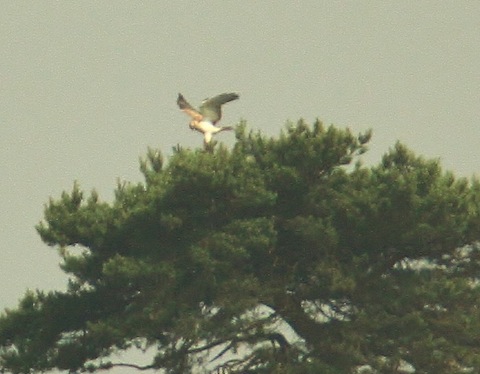
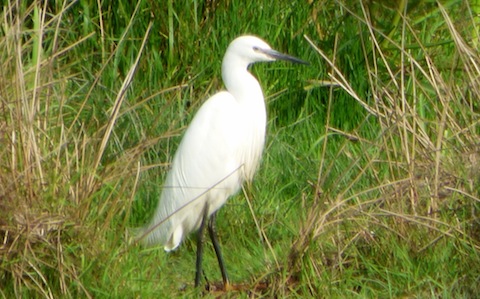

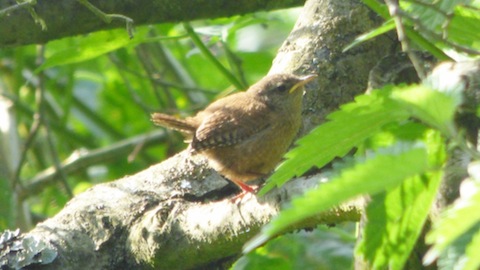
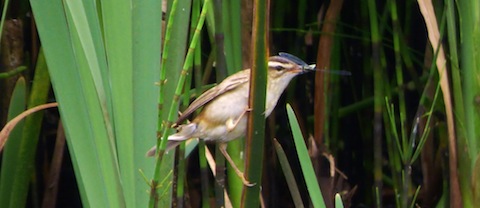
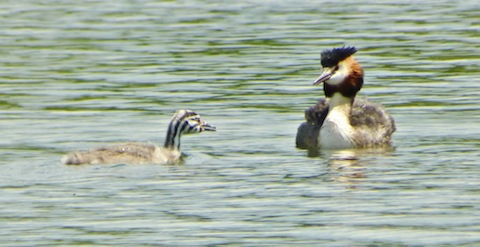

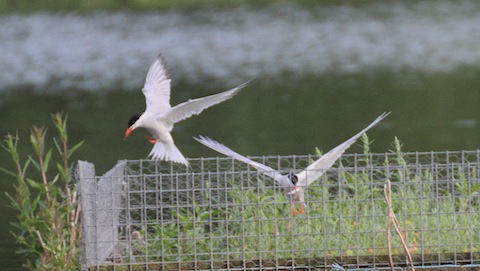

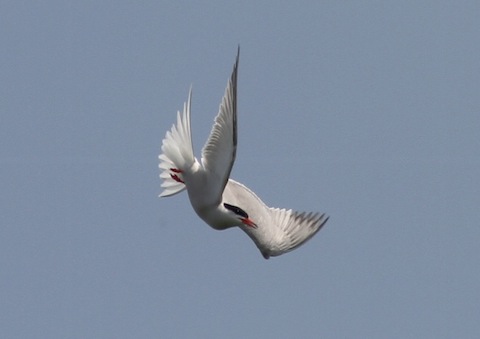
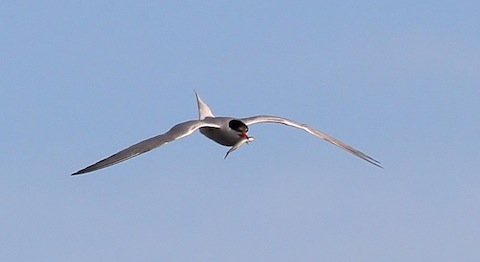
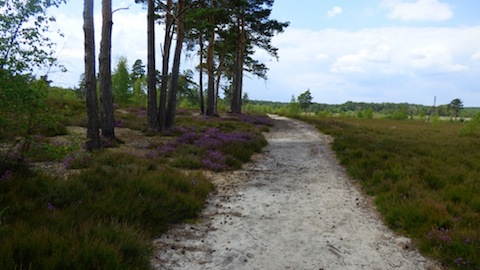

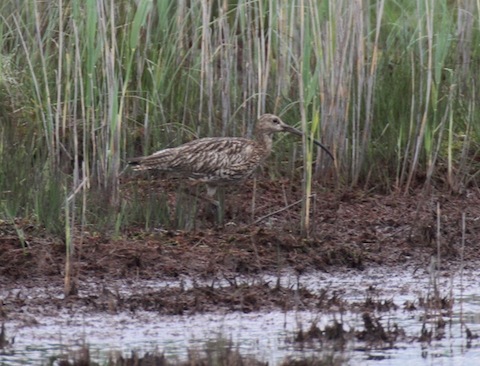


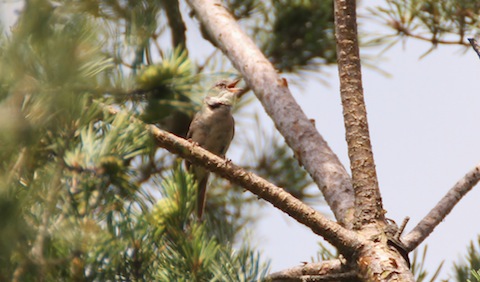
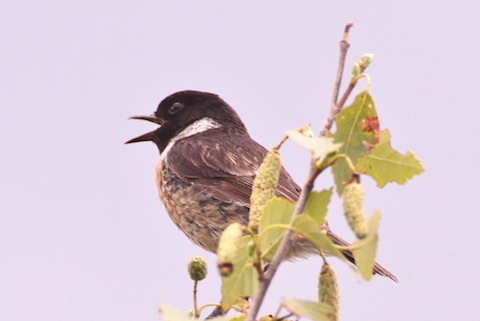
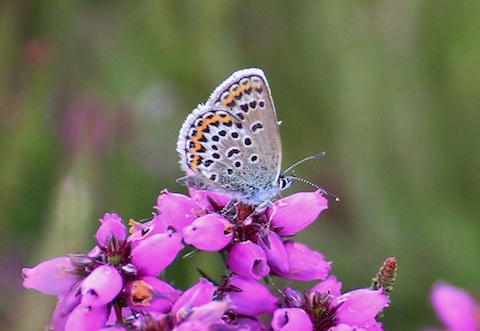
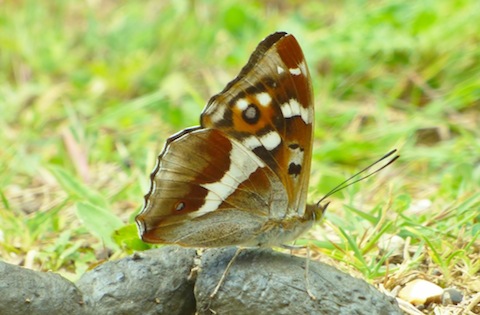
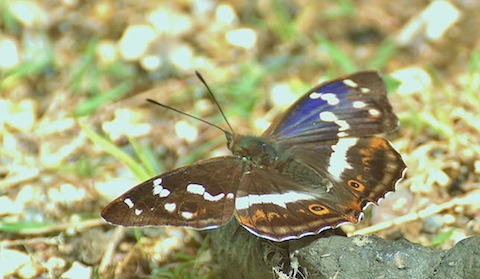
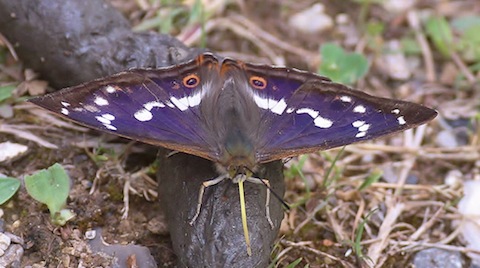

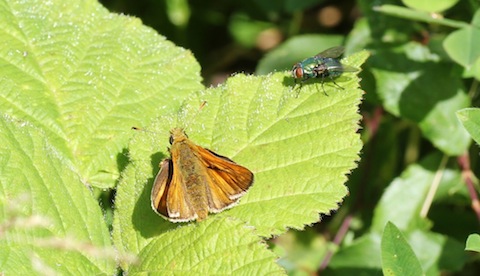
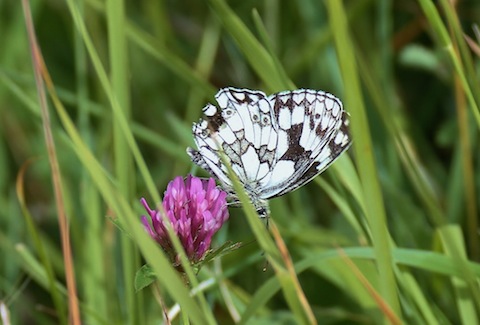

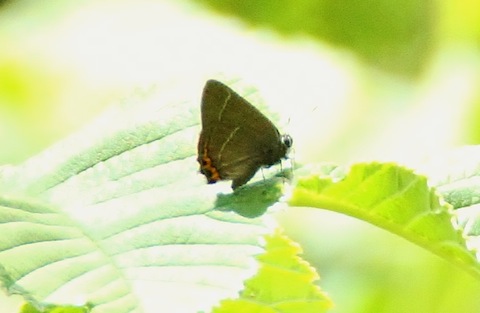






Recent Comments